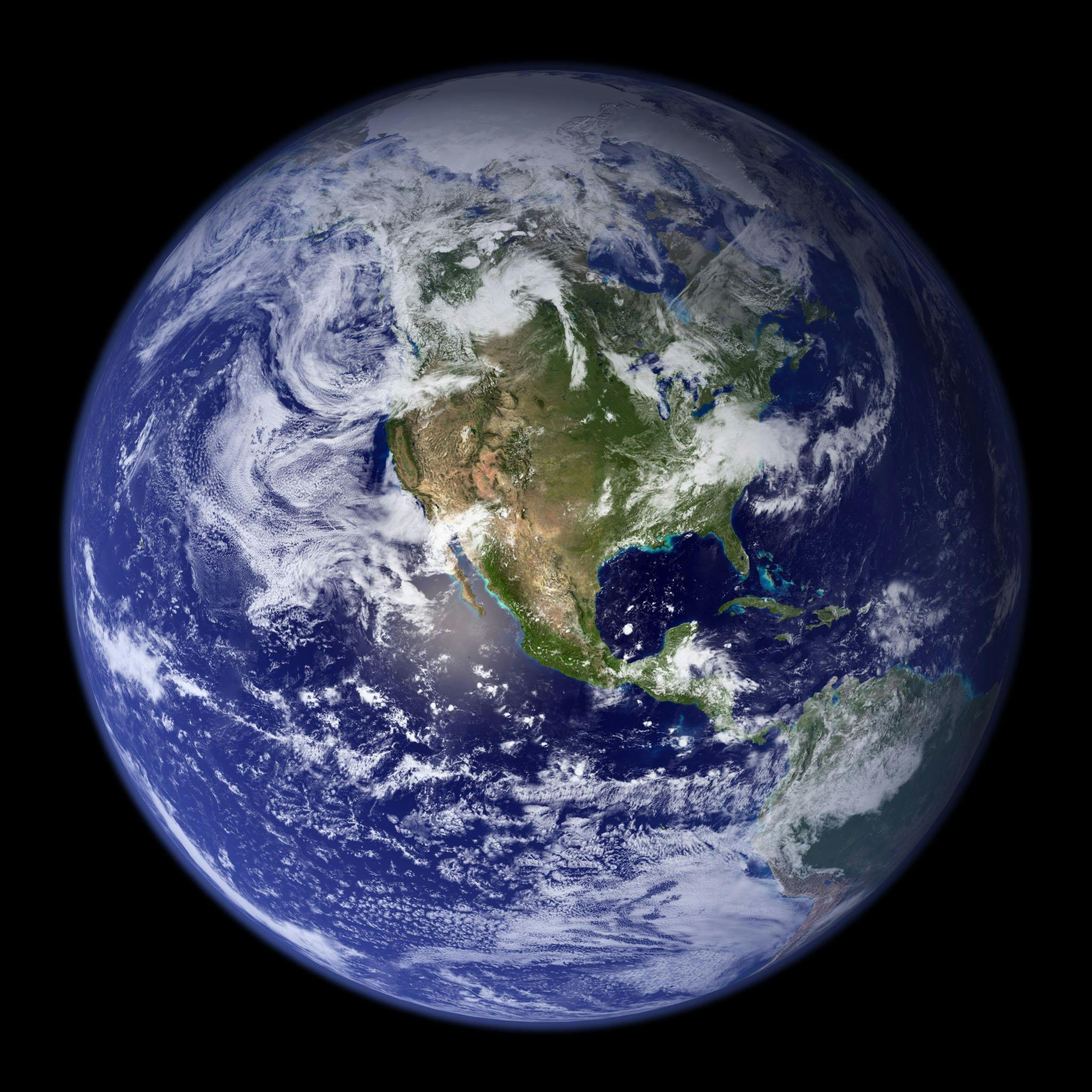What Is Histamine?
Histamine is a neurotransmitter that is made out of the amino acid called histadine.
It affects many processes in the body including
- Autonomic function
- Energy/Arousal/Sleep
- Digestion
- Body Temperature
- Cognition
- Immune system
Histamine Has 5 Receptors
- H1 =Airways, blood vessels, skin, heart etc
- H2 =Gastric mucosa
- H3 = Central nervous system and other neurotransmitters
- H4 = Bone marrow
Histamine Is Broken Down By Two Pathways
- DAO – Diamino Oxidase – in the gut
- HNMT – Histamine-N-Methyltransferase – in the cell (50-80% of all histamine metabolism)
Food is only associated with about 5% of all the histamine in your body
That said, a low FODMAPS diet can still be super helpful for people with IBS and decrease gut mast cell activation.
To do a low histamine diet stay away from old food like fermented food, alcohol, dried fruit, aged cheese, processed meat, dried beans
Also stay away from foods that have sugars in them that can break down too easily and become old like garlic, onion, cruciferous vege, some nuts, some grains
How Does Histamine Relate to Depression?
H3 Histamine receptors regulate serotonin transport to ensure there is enough serotonin in the synapse.
Histamine kind of works like and SSRI in the central nervous system, but without the side effects.
H3 Histamine receptors also influence serotonin release.
Histamine and serotonin levels are inverse to each other. High histamine means low serotonin. So working to optimize histamine can also optimize serotonin.
Inflammation and Depression
Inflammation and depression are comorbid.
That means they occur together.
If you are inflamed you will have high levels of histamine and lower levels of serotonin.
If you have inflammation and high histamine, histamine will induce a breach of the blood brain barrier that will lead to more brain inflammation and affective disorders, foggy brain, and cognitive decline.
H1R – Histamine receptors 1 – in the prefrontal cortex and the frontal cortex and the cingulate gyrus are associated with depression
H3R – Histamine receptors 3 – hyperpolarize serotonin neurons and inhibit serotonin signalling. This can also be a pathway leading to depression
Mast Cell Function
Mast cells are messengers between the nervous system and the immune system.
They are associated with activation of pain fibers and transmission
Mast cells are a major producer of histamine and histamine provokes increased estrogen production.
Mast Cells Are Regulated by
- Vagus nerve
- Acetylcholine (parasympathetic neurotransmitter)
- Nitric oxide
Mast Cell Activation Syndrome (MCAS)
- Standard Allergy Symptoms (rash, itch, runny nose, sneeze etc)
- Pelvic pain/endometriosis/vulvodynia
- Bladder pain/overactive bladder
- Anxiety/depression
- Difficulty sleeping
- Fatigue
- Palpitations
- Constipation/diarrhea
Mast Cells and Estrogen
Mast cells have estrogen receptors, and high estrogen can cause mast cell degranulation.
Estradiol increases the number of mast cells
Dural mast cells are associated with menstrual migraines
Estrogen can decrease DAO
Endocrine disruptors like BPA (Bisphenol A) can bind to estrogen sites and activate a mast cell response.
Mast Cells and Progesterone
Mast cells also have progesterone receptors.
But progesterone can either help to stabilize mast cells, or induce histamine release.
Vitamin D & Short Chain Fatty Acids Also Stabilize Mast Cells





